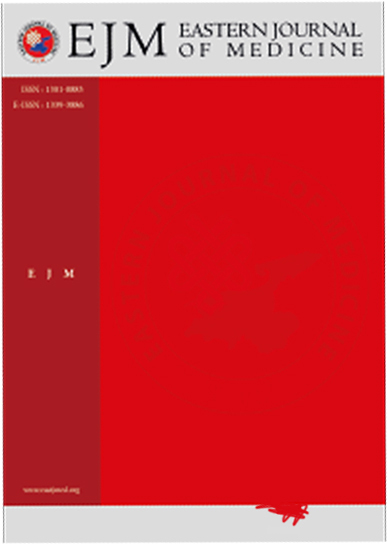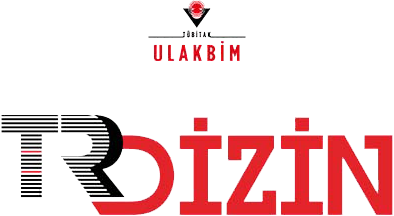Elevated Carotid Intima-Media Thickness in Obesity is Unassociated with other Indices Used to Assess Cardiometabolic Risks
Yusuf Karadeniz1, Yusuf Ozturk2, Hatice Caliskan Burgucu3, Zeliha Yarar4, Hakan Bilgen5, Muhammet Kocabas61Department of Internal Medicine, Division of Endocrinology and Metabolism, Karaman Training and Research Hospital, Karaman, Turkiye2Department of Internal Medicine, Division of Endocrinology and Metabolism, Sakarya Training and Research Hospital, Sakarya, Turkiye
3Department of Internal Medicine, Division of Endocrinology and Metabolism, Konya City Hospital, Konya, Turkiye
4Department of Internal Medicine, Division of Endocrinology and Metabolism, Tokat State Hospital, Tokat, Turkiye
5Department of Internal Medicine, Mersin City Training and Research Hospital, Mersin, Turkiye
6Department of Internal Medicine, Division of Endocrinology and Metabolism, Necmettin Erbakan University Faculty of Medicine, Konya, Turkiye
INTRODUCTION: The aim of this study was to examine carotid intima-media thickness (CIMT) and other cardiometabolic indices in obese patients, compare to controls, and evaluate the relationships between CIMT and other indices in obese individuals.
METHODS: This cross-sectional study included patients diagnosed with obesity between September 2019 and January 2022 and a control group without obesity. A broad range of metabolic markers were measured, including fasting glucose, glycated hemoglobin (HbA1c), fasting insulin, and homeostasis model assessment for insulin resistance (HOMA-IR); lipid profile; C-reactive protein (CRP); and thyroid function tests. Several cardiovascular risk indices were calculated: atherogenic index of plasma (AIP), visceral adiposity index (VAI), lipid accumulation product (LAP), and triglyceride-glucose index (TyG index). CIMT was measured following standardized protocols.
RESULTS: Obese and control groups included 107 and 108 participants, respectively. Patients with obesity were significantly older (39 [29-43] vs. 33.5 [28-40], p = 0.040), while sex distribution did not differ (p = 0.089). Anthropometric results aligned with anticipated differences between the obese and normoweight groups. Cardiometabolic parameters, including glucose (p = 0.012), HbA1c, insulin, HOMA-IR, triglycerides, CRP, CIMT, AIP, VAI, LAP, and TyG index, were significantly elevated in the obese group (p < 0.001). CIMT had weak correlations with age (r = 0.362, p < 0.001), total cholesterol (r = 0.206, p = 0.034), and low-density lipoprotein cholesterol (r = 0.293, p = 0.002).
DISCUSSION AND CONCLUSION: Obese individuals had significantly higher CIMT, AIP, VAI, LAP, and TyG index values, but no statistically significant correlations were detected between CIMT and cardiometabolic indices.
Manuscript Language: English














